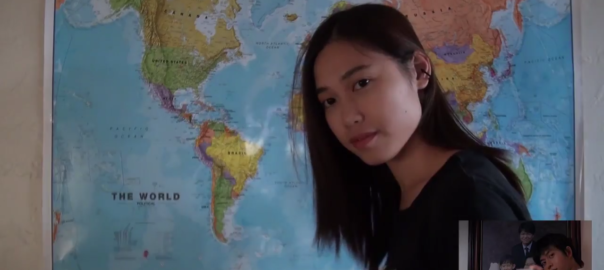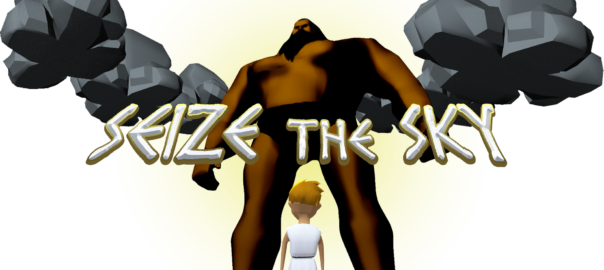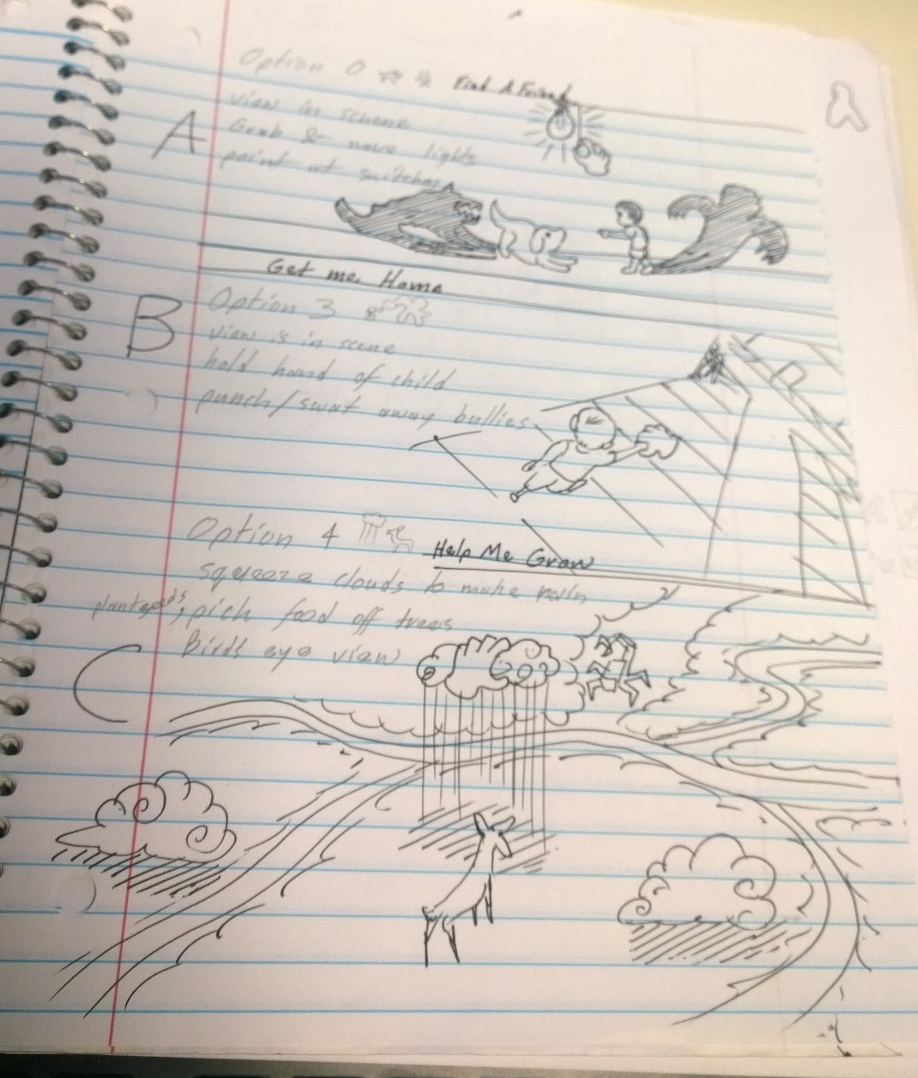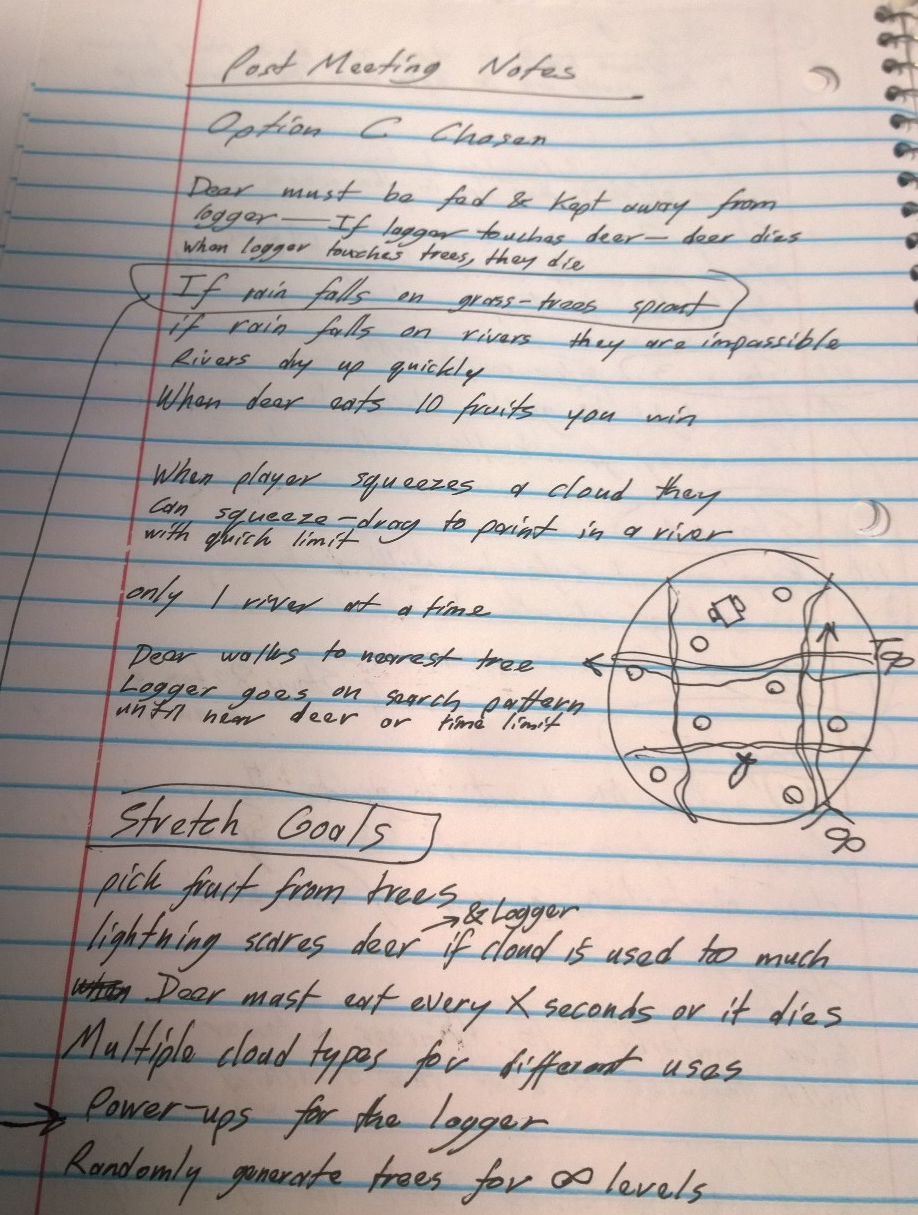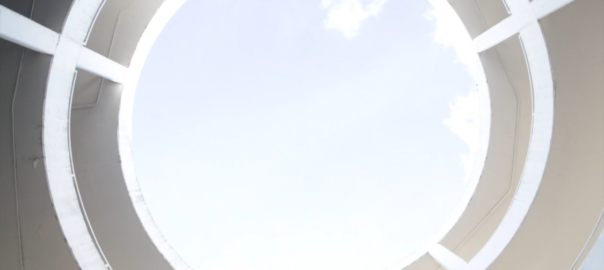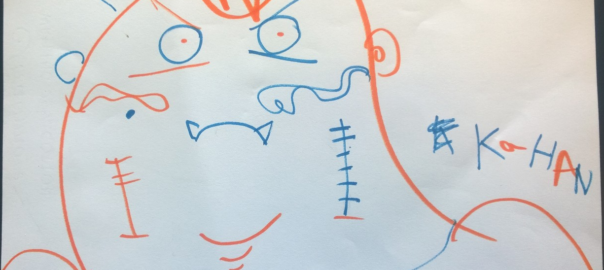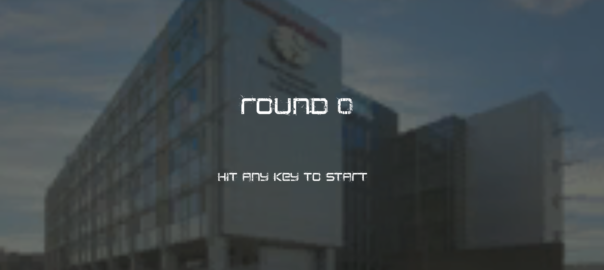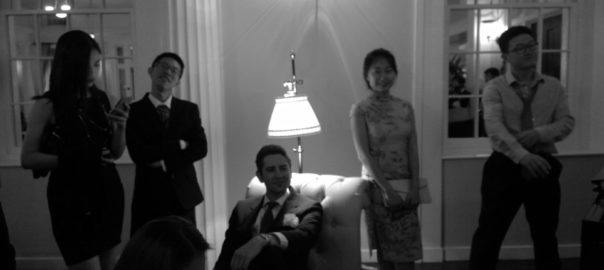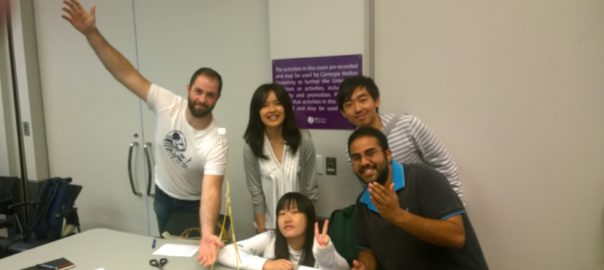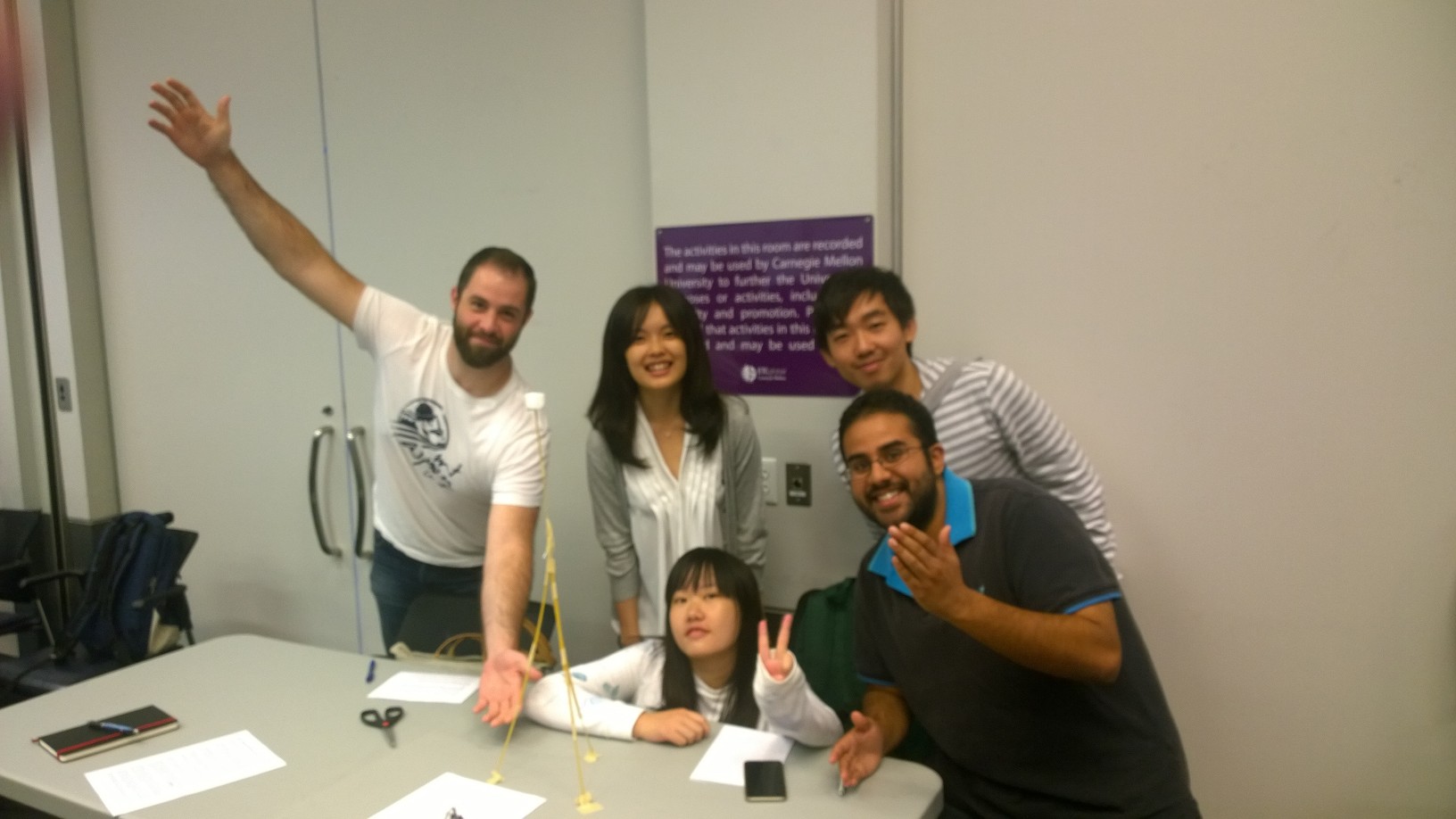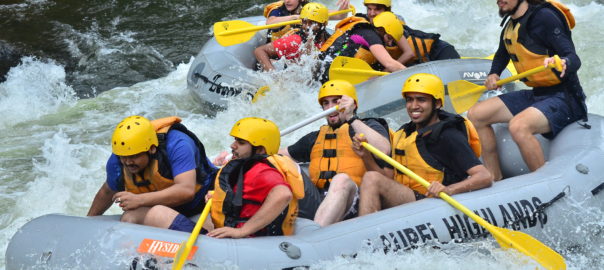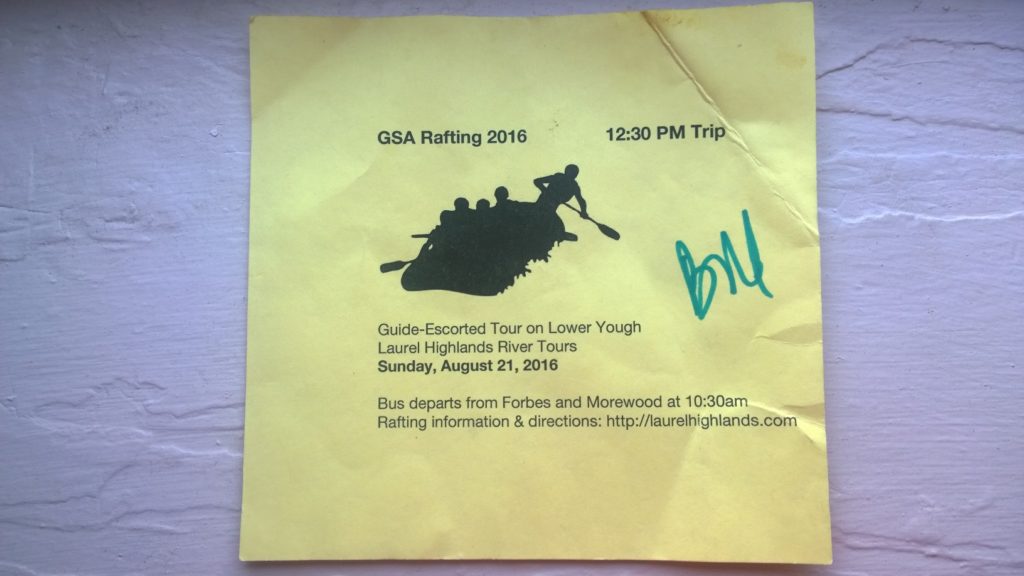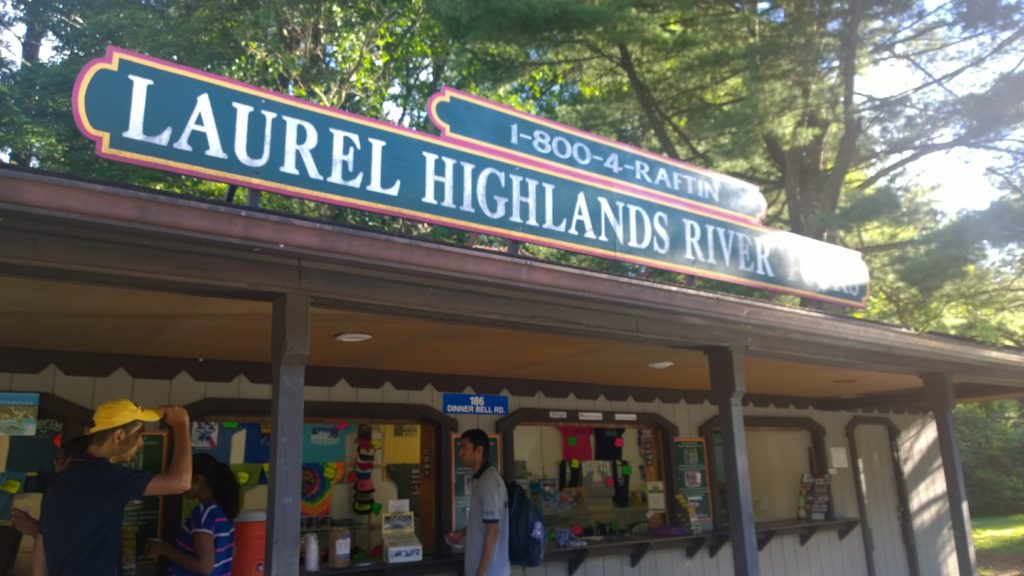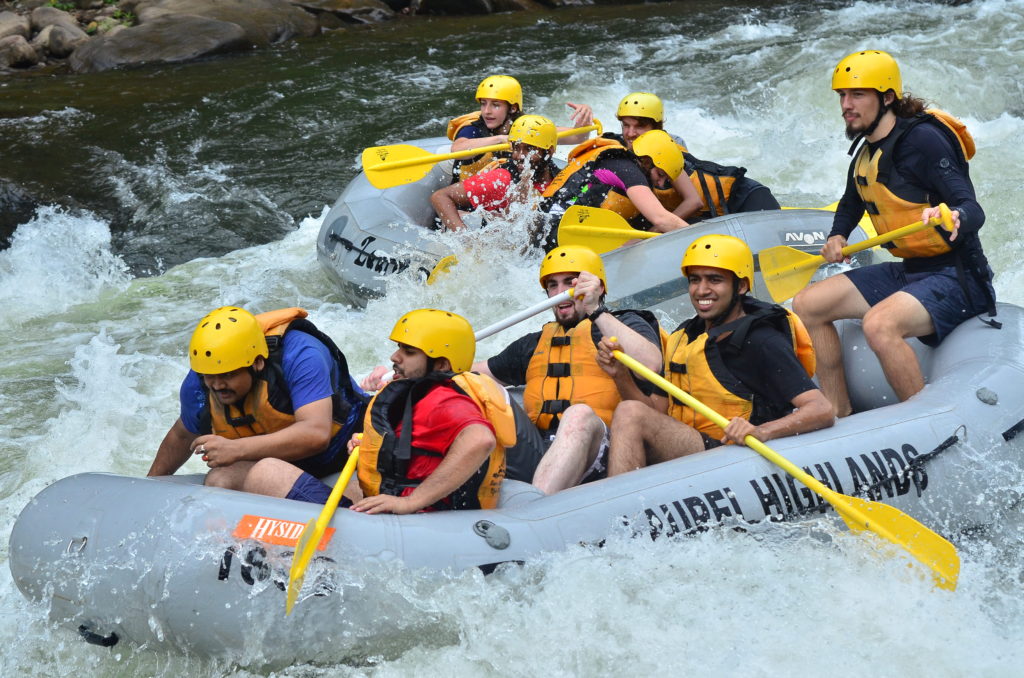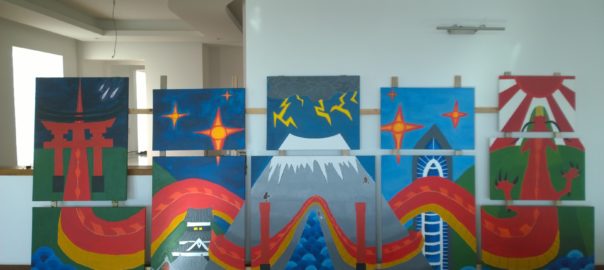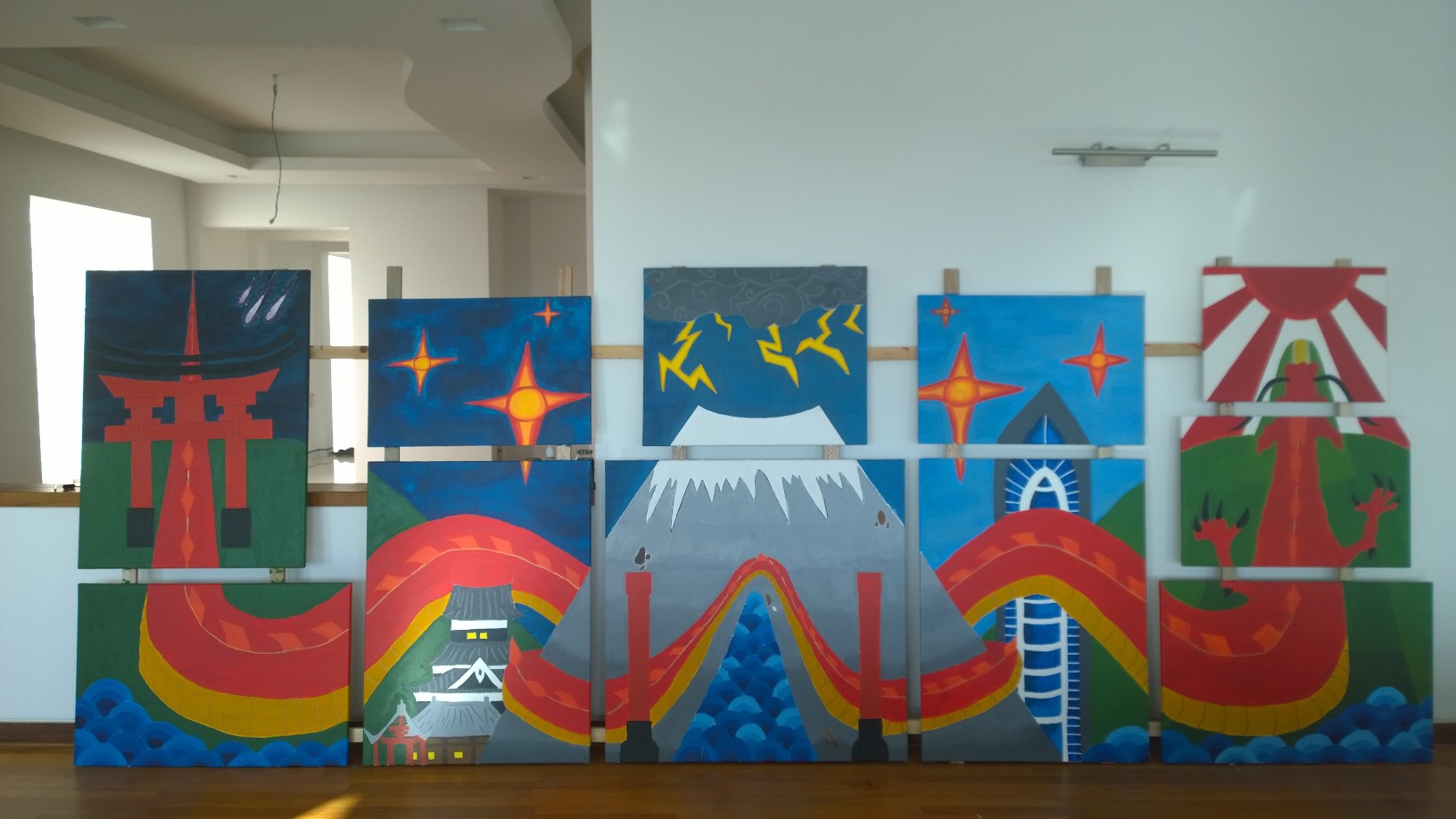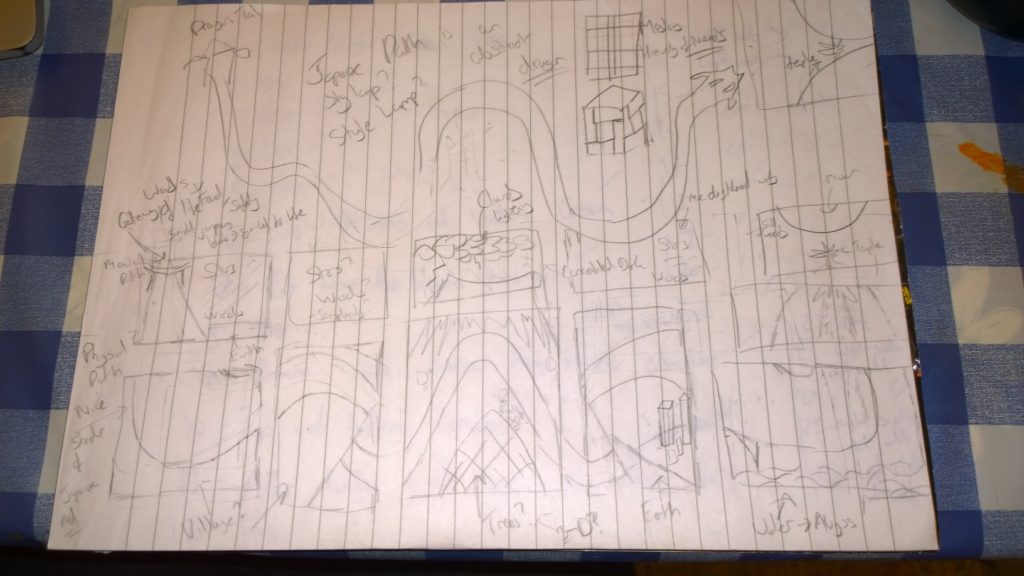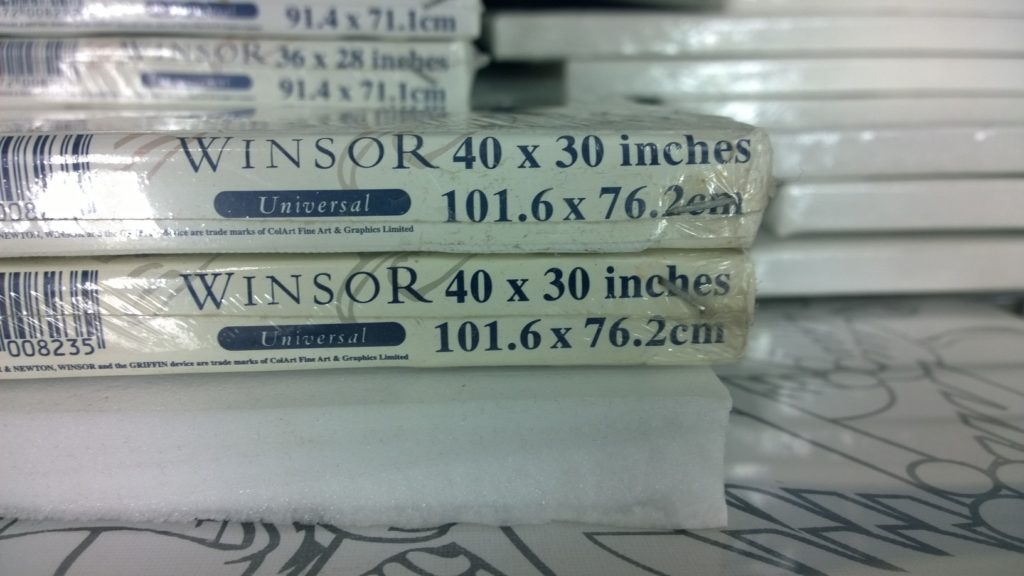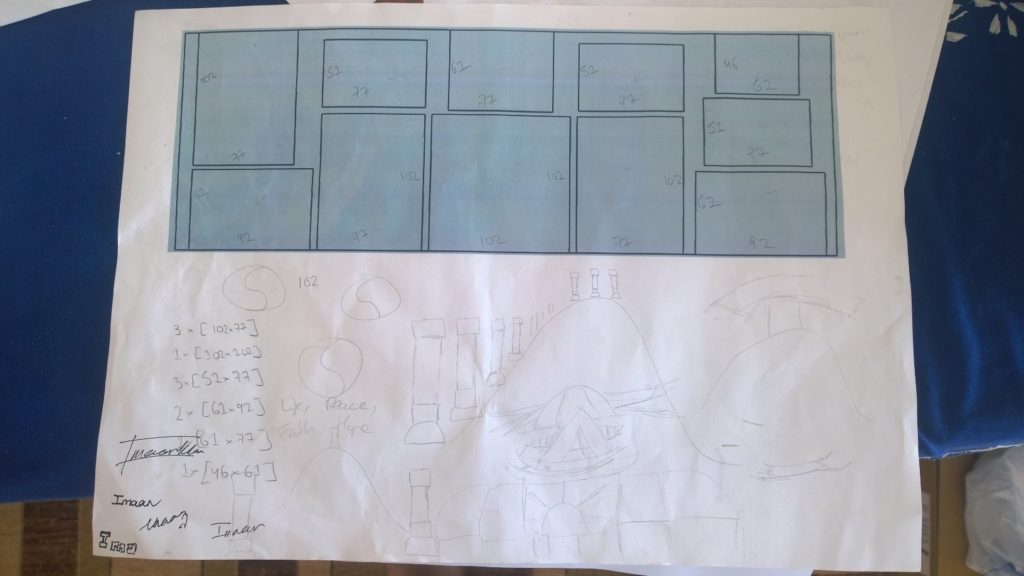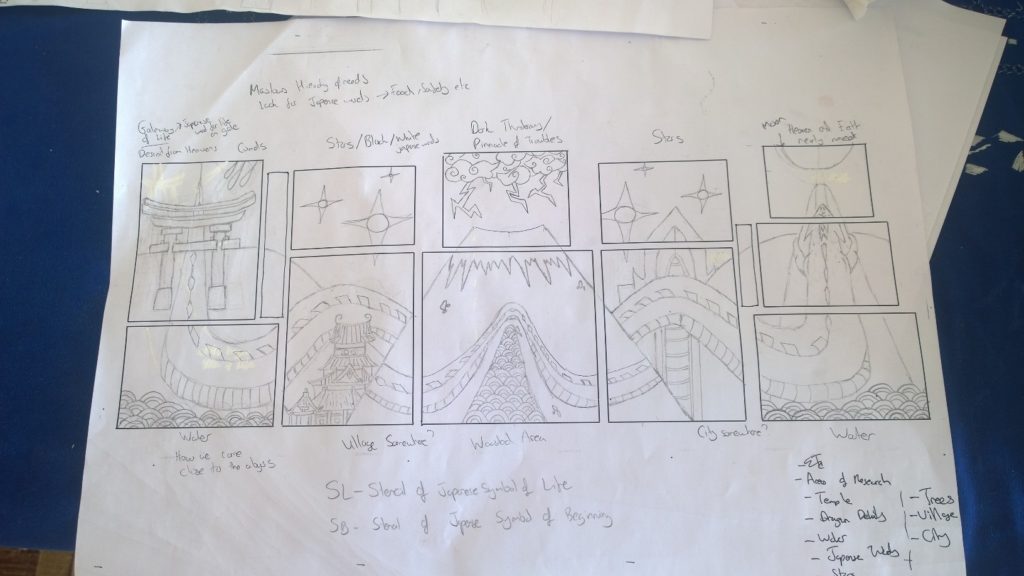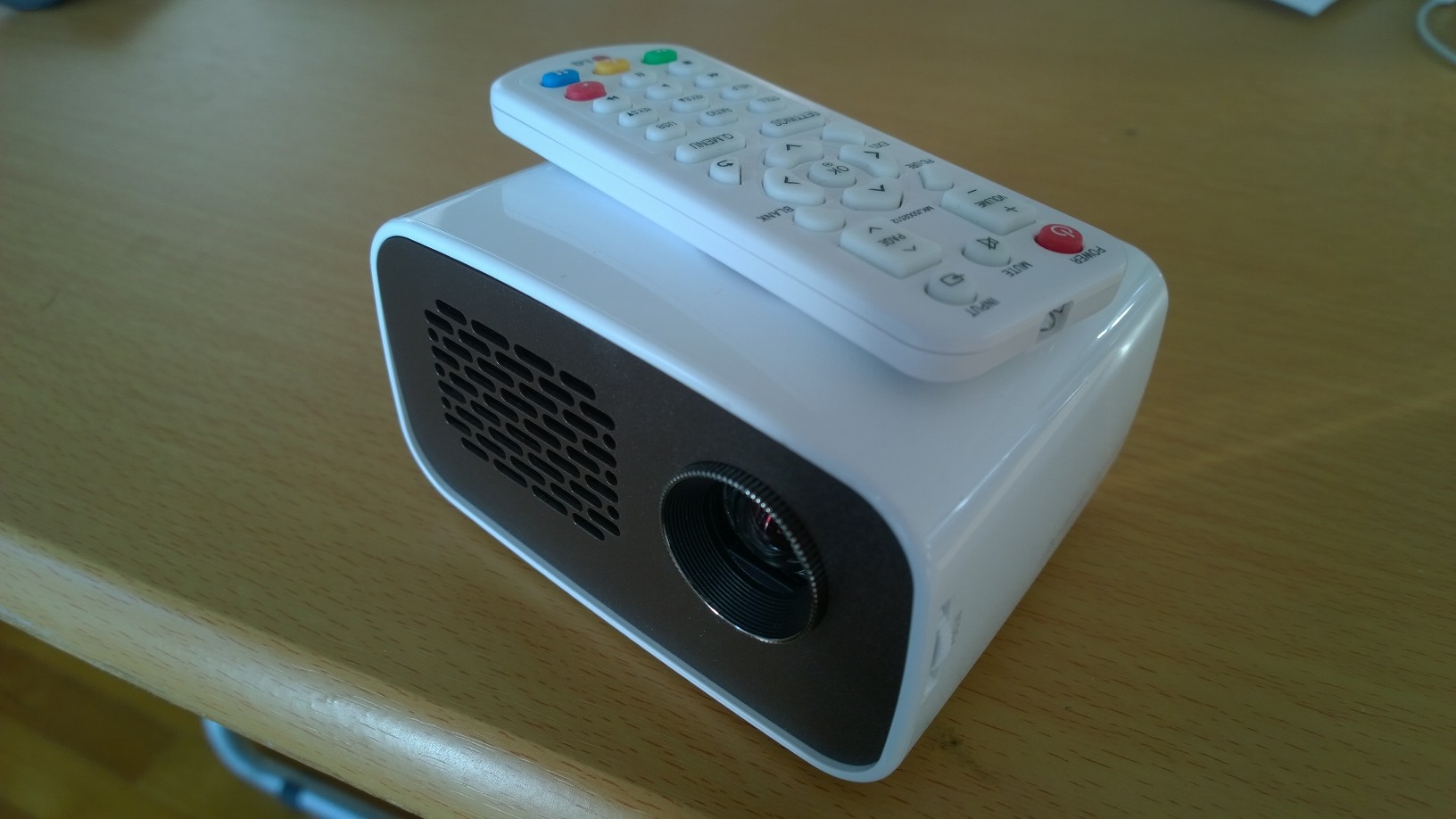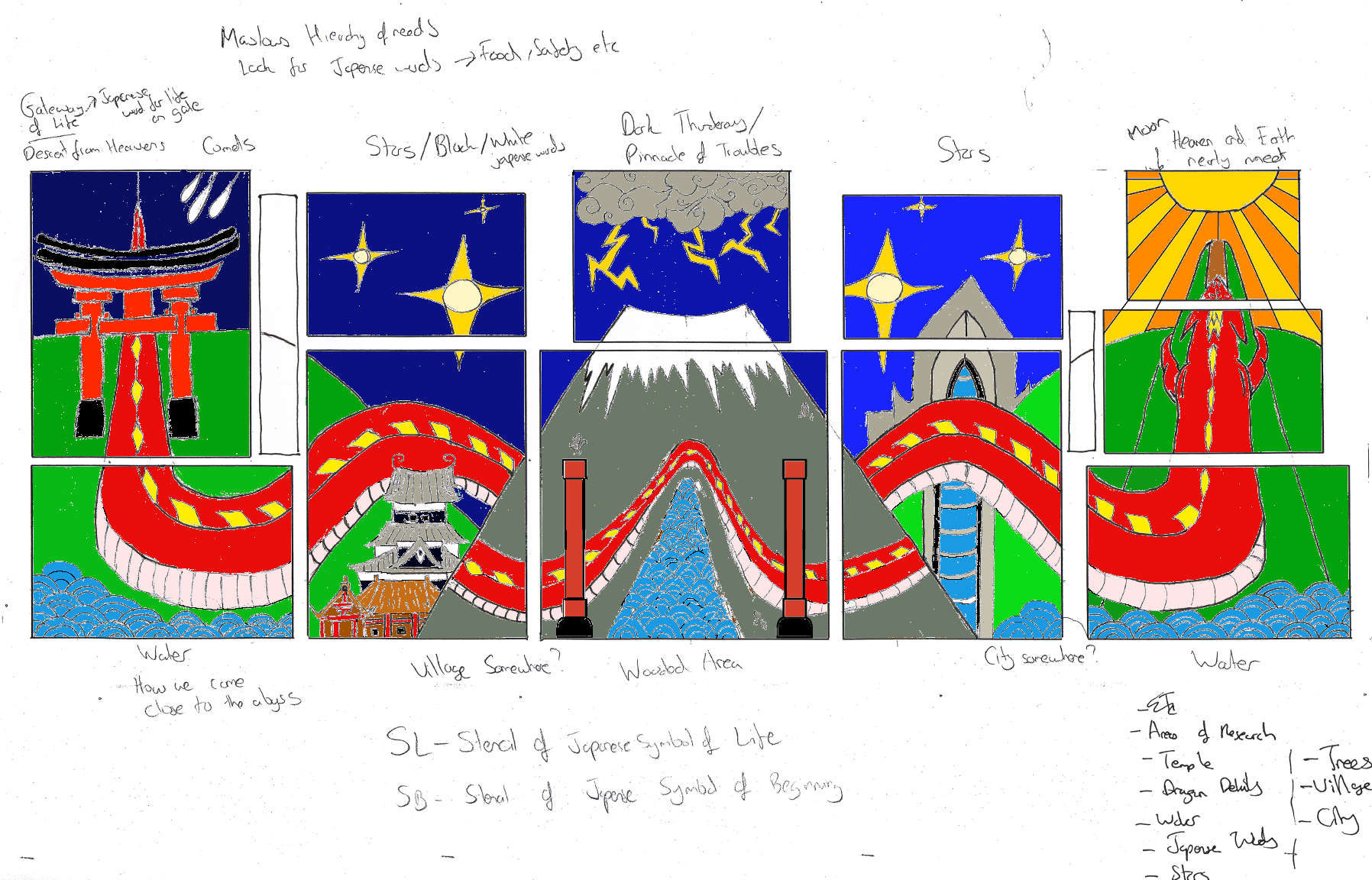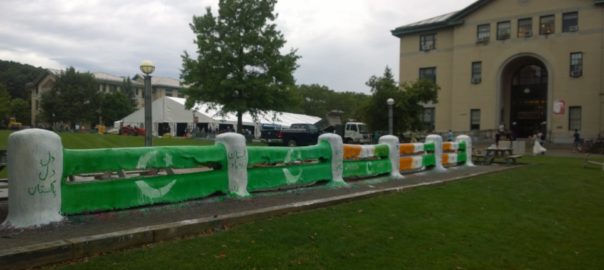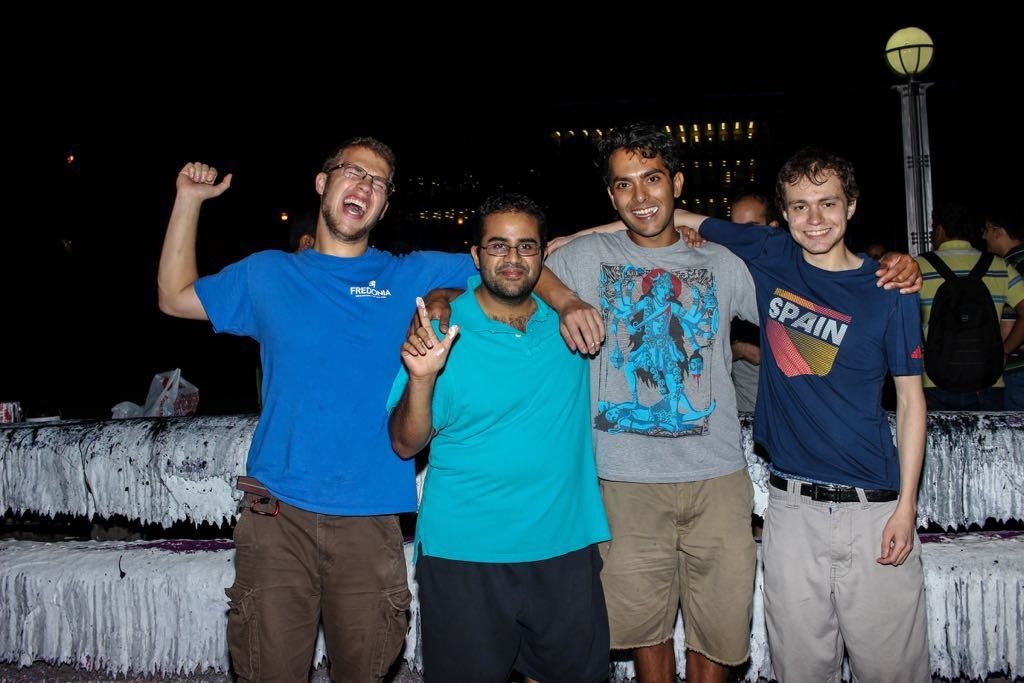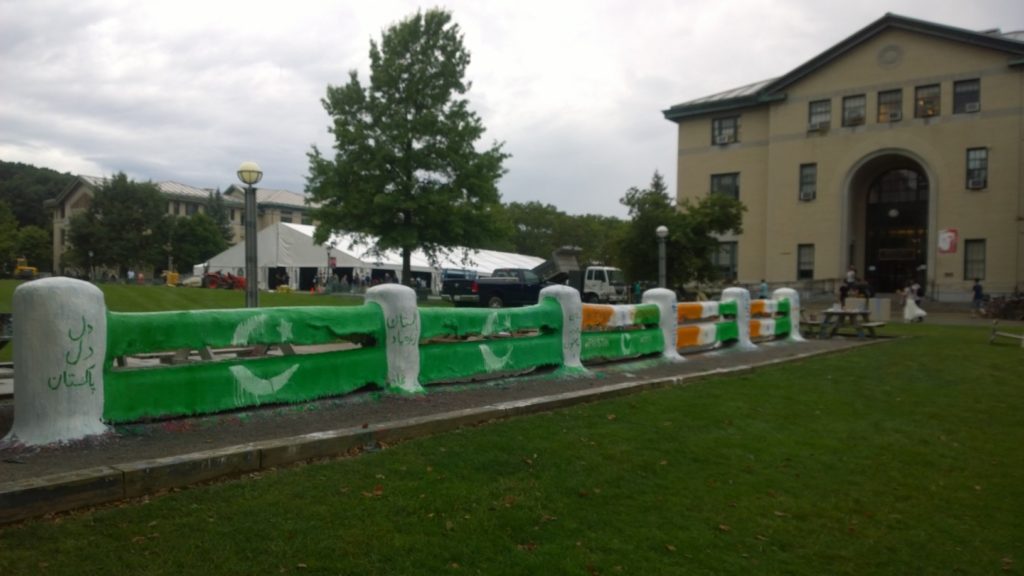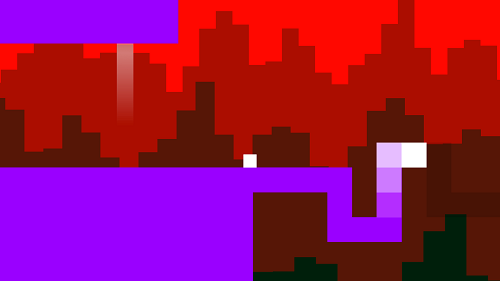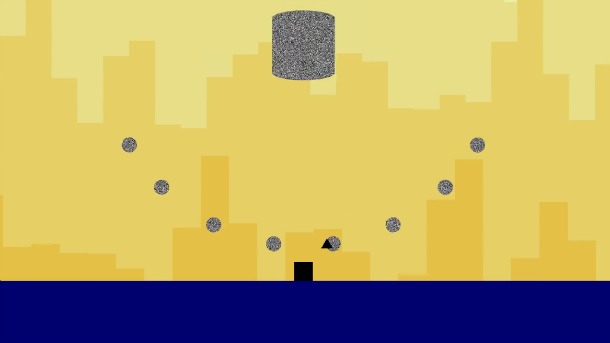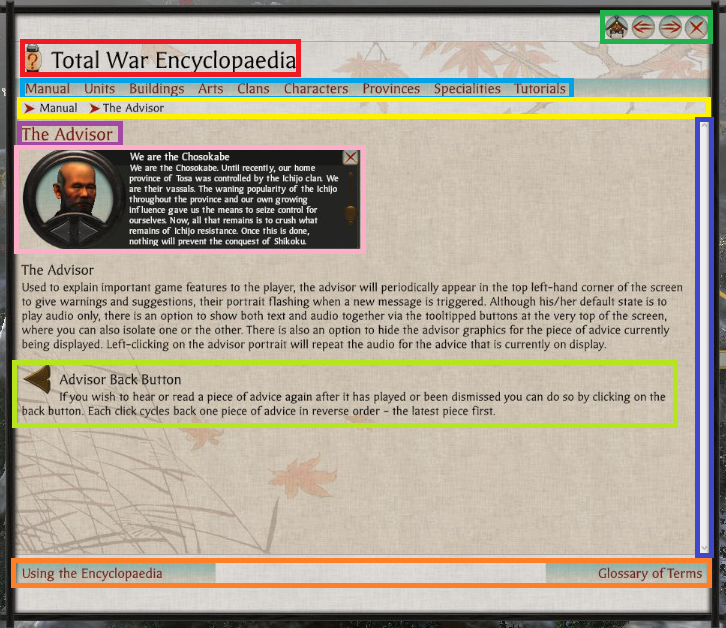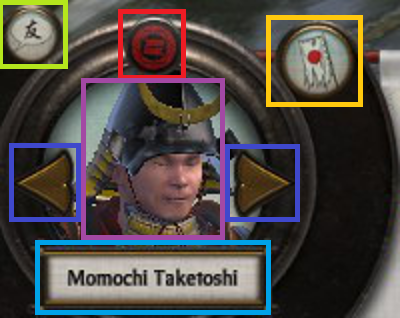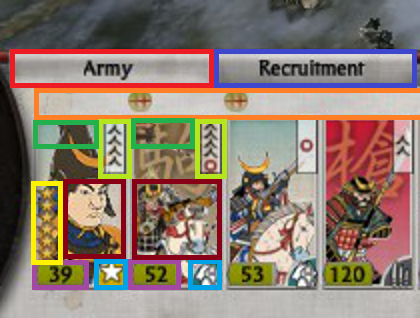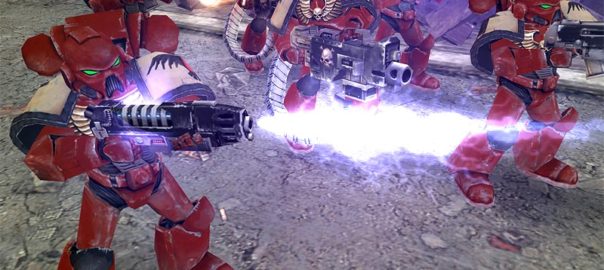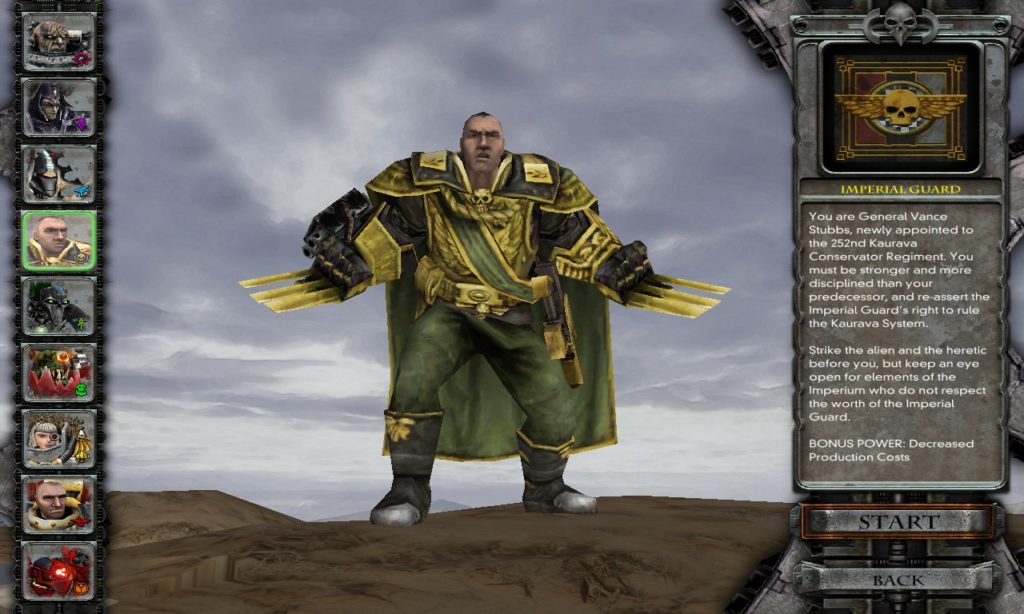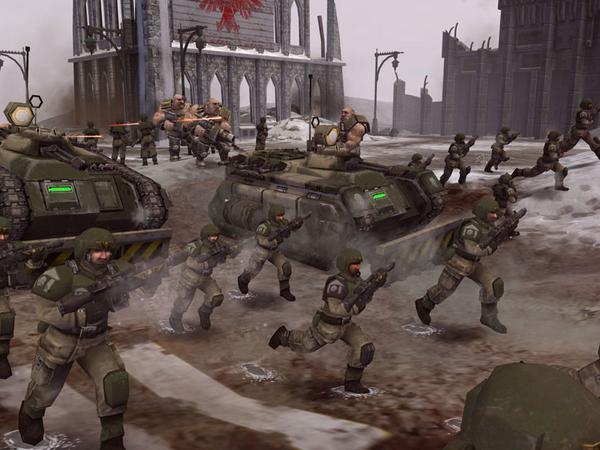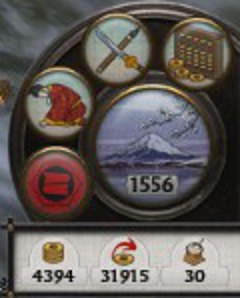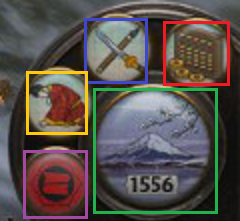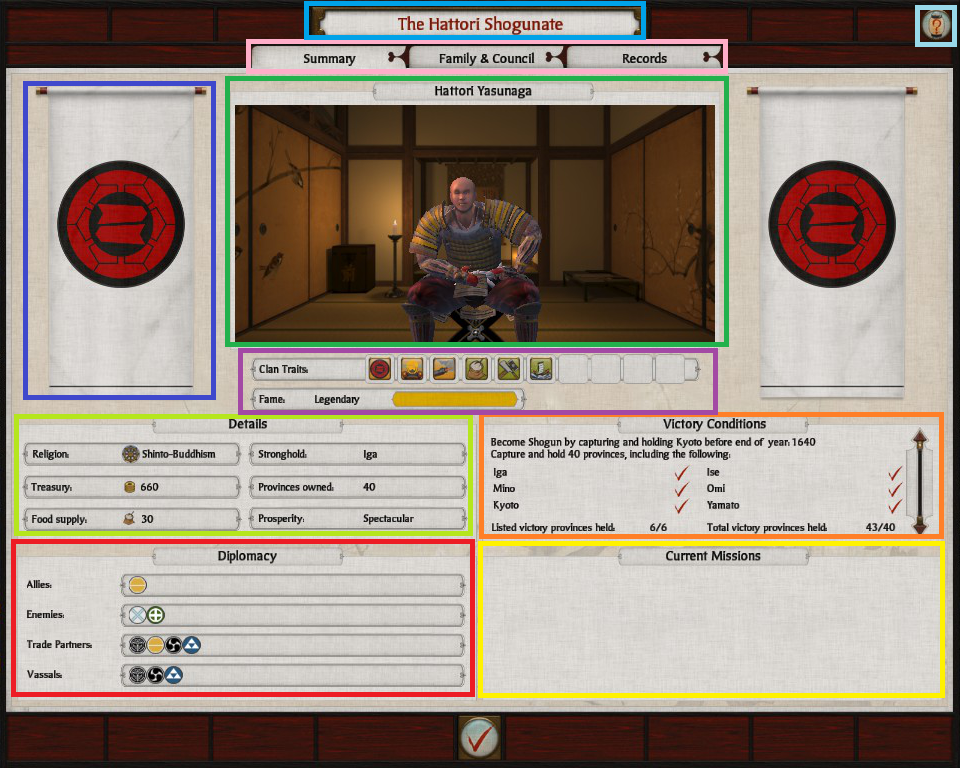Heading home from Switzerlands snowy alps after my school ski trip I was exhausted. Our flight had finally reached London, and we had some time to kill before our onward journey. Some chose to sleep. I chose to shop for games.
On shelves crowded by the ordinary, Black & White glinted at me. Painted with wondrous scenes of mystical grandeur I was unable to resist its sirens call. I scoured my pockets, hoping I had enough left from my spending spree on grossly overpriced bobbles, and delectable Swiss confectioneries.
Little did I know buying Black & White was to be an investment of a lifetime.
Black & White turned out to be one of the best games I’ve ever played, and its not an ‘objective’ best I’m referring to. When I say best, it’s because of the joy, and experience in that time and place which can never be recreated; no matter how advanced the graphics or sophisticated the A.I.

Finishing Black & White, I eagerly anticipated its sequel, going so far as to reach out of my introverted childhood and send Lionhead Studios an email as news of Black & White 2 trickled across the net.
I wish I still had that mail; alas a lost memento.
I recall asking about features. Would there be creature armor? What would it be like? Would there be more types of wild animals? What would their behaviors be?
If I could meet the boy who sent Lionhead that email, I’d have chastised him for his priorities, and compelled him to seek forgiveness for his god awful writing. Yet, more importantly, I’d also have given him a smile and a pat on the back for his sporadic naive bravery.
Can you believe they replied to that little boy? An intern actually went round their office with his questions. They took the time to reply to an email asking ‘silly’ questions about ‘silly’ details. They sprinkled a little color into a child’s imagination.
A small gesture, I’ll always be grateful for.
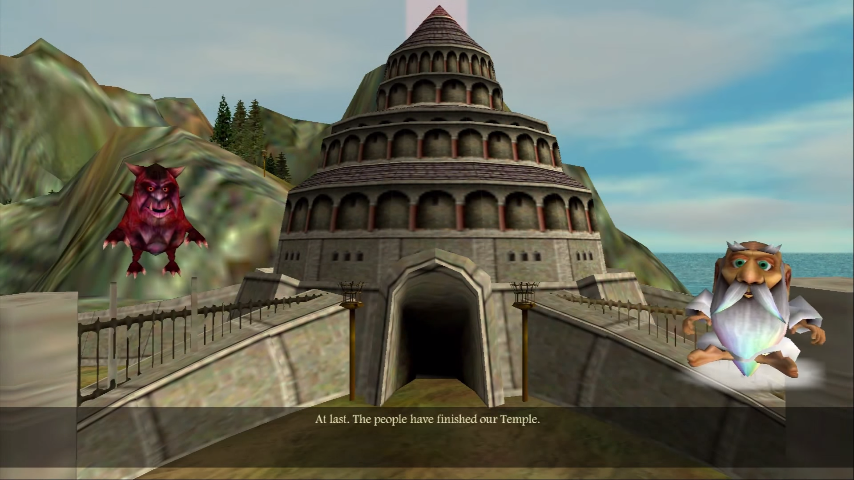
Again it seems that time changes everything. Yet I’ve quietly kept wishing for more Black & White games. Now I guess I’ll put that wish away on my dusty shelf of dreams.
I’m not sad though, as I’ll exchange one wish for another. Now with your talent unleashed, perhaps I’ll again meet an incarnation of you?
Farewell Lionhead Studios.
Thanks for the good times.

Like this:
Like Loading...
